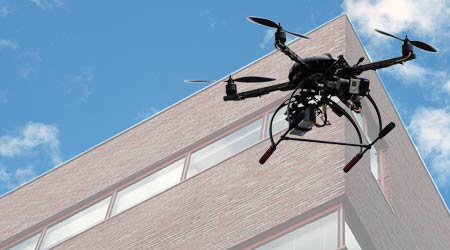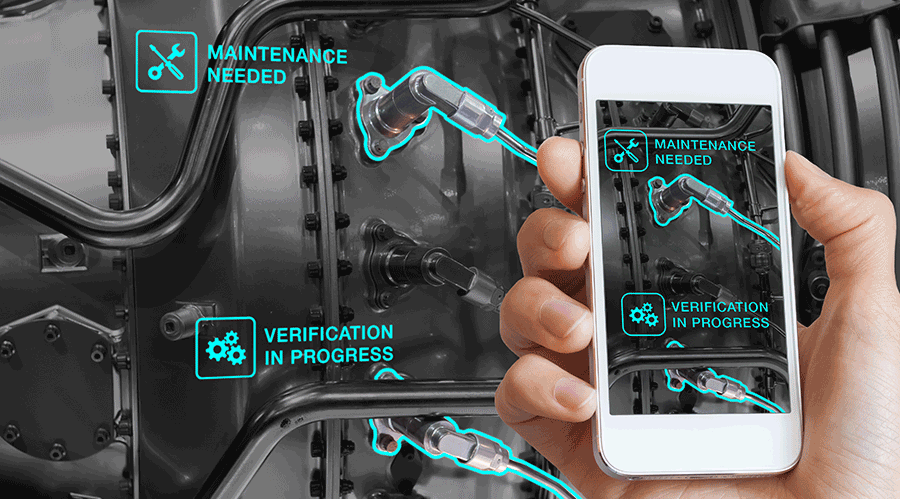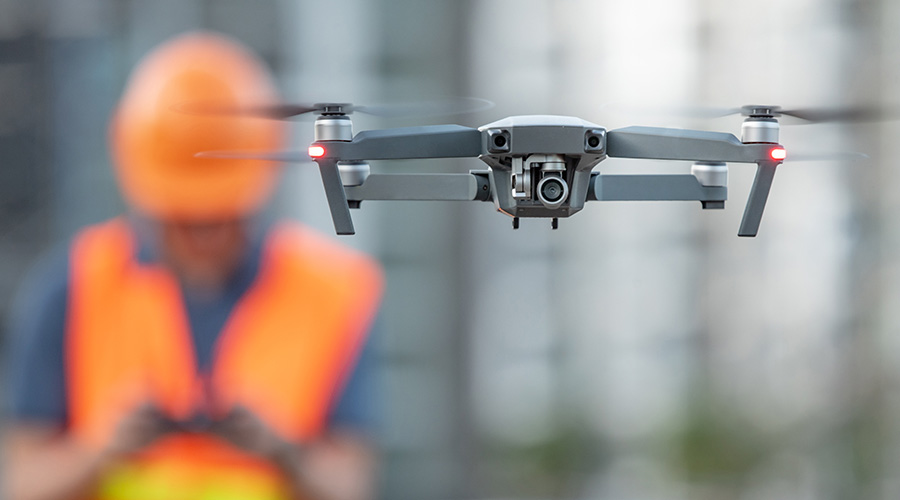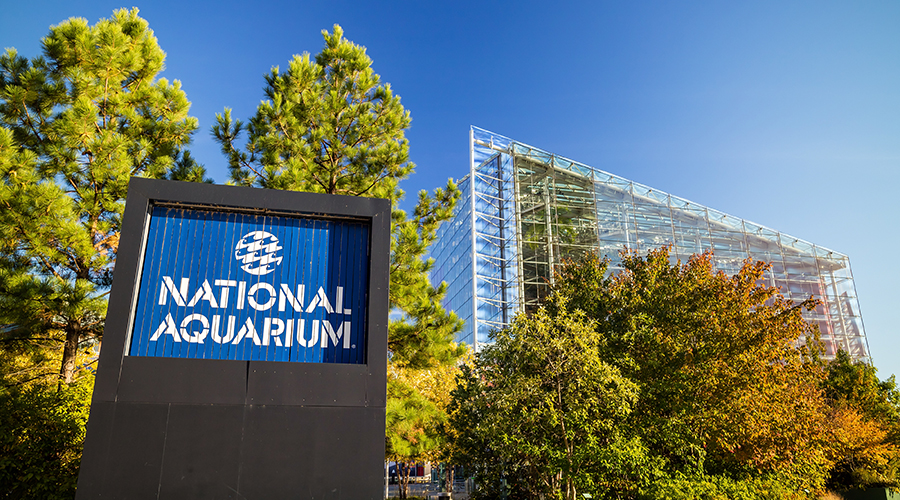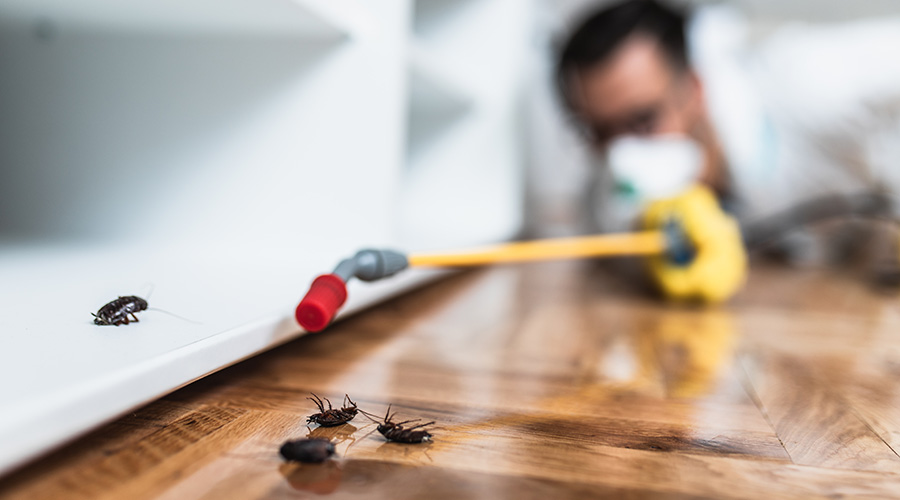Managers Strive to Learn Benefits of Drone Technology
Part two of a three-part article on commercial drones
One early question managers need to ask in determining if commercial drones can help their operations is to understand the benefits that the technology can offer.
“The benefits to using a drone include quick access, low cost, and the ability to document,” Peterman says. “Specifically, a drone is easy to set up as compared to scaffolding or manlifts. The drones can be flown to areas on a building façade or structure that may be difficult to access, and because it is carrying a good quality camera, the drone can provide video or photos of a subject area.”
As managers know all too well, having crews use scaffolding and lifts can be a complex and costly endeavor.
“All of that access equipment gets to be expensive, and it’s time-consuming because you spend a lot time putting it in position so you can do your job,” Kosnik says. “It’s very attractive to pull high-resolution imagery from difficult-to-reach places. But based on the imagery, we can make decisions. Sometimes, the imagery by itself is enough to help us make recommendations. Other times, it at least helps us focus where we’re going to go with our hands-on, arm’s length approach.”
Façade inspections are among the first drone applications managers identify, but roofs also can benefit from the expanded access drones can provide.
“Roof inspections are the main application we’ve seen for facilities,” Dennison says. “If you have one medium-sized roof, you can send two guys to walk the roof. In about the same amount of time it takes to set up the drone, deploy the drone, fly the drone and process the data, you can just have two people walk the roof. And they’re going to notice things the drone can’t notice — cracking caulk in the corners and other tiny details you can’t see from the drone. Two people up there are better.
“But if you’re managing multiple facilities in close proximity or if you have a very large roof that two people can’t inspect in a day, or if there’s some other reason you’d like to get some roof measurements really quickly — and we’ve done that for a few companies — that’s where the drone really starts to deliver benefits. If the facilities are close in proximity, we can cover 10 roofs in a day and map out all 10 within a centimeter of accuracy and do infrared on all 10. Now you have a lot of information that you previously did not have.”
The temptation for many managers might be to focus on exterior applications for commercial drones, but consultants point out that the technology also can benefit facilities with interior issues.
“I recently did a job where we used a drone to fly inside an underground commercial facility that had experienced rock-fall issues,” Kosnik says. “There was no way I was going in there because rocks were still falling. We set up some high-intensify spotlights and flew the drone in the areas we could safely go. We were able to get really good geological and structural imagery under very challenging conditions because it was dark and dusty.”
Drones also can take on broader tasks than one flight to review one aspect of a façade or roof.
“One thing many people don’t know is that you can do an infrared scan of your roof,” Dennison says. “The drone will take multiple photos and stitch them together into one very large photo, so you can see the entire infrared scan of your roof in one image. But along with that, you can get centimeter-level-accurate measurements of that roof.
“For example, if you were going to install solar panels on that roof, you could design your solar-panel plans off those roof measurements. If you needed to replace a rooftop air conditioner and you wanted to know the size of the old unit so you knew what kind of space you have to work with up there, that’s a perfect example.”
Related Topics:








